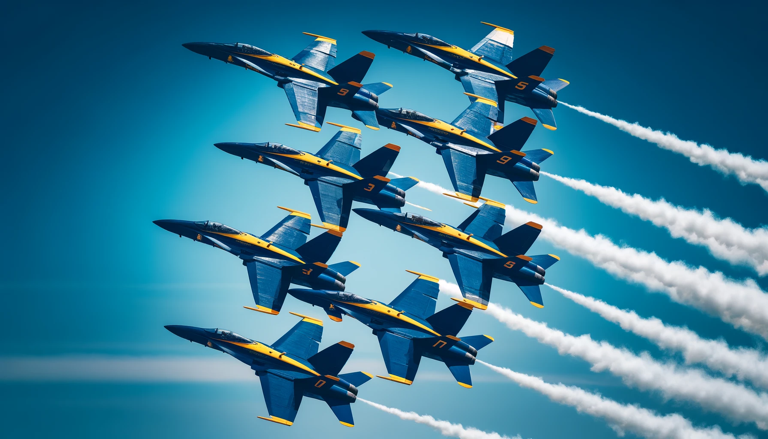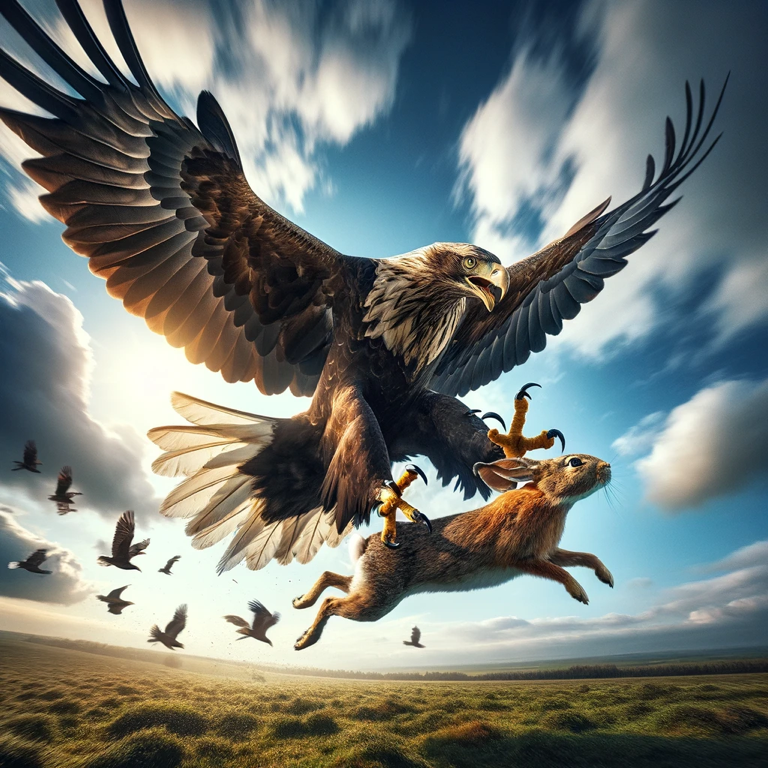Search This Blog
If you enjoy a wide variety of Facts mixed in with misconceptions then this should be a good reading.
Posts
Navigating Relationships: A Business Owner’s Appreciation and His Wife’s Misunderstandings
- Get link
- X
- Other Apps
The Magic of Air Shows: A Spectacular Blend of Entertainment and Amazement
- Get link
- X
- Other Apps
The Majestic Eagle of Freedom and National Bird of the United States
- Get link
- X
- Other Apps
The Exhilarating Experience of Going to a Tractor Pull
- Get link
- X
- Other Apps
The Truth Behind Crop Circles: Facts and Misconceptions
- Get link
- X
- Other Apps
Celebrating Fathers: The Unsung Heroes of Our Lives
- Get link
- X
- Other Apps
The Danger of Facial Recognition Technology
- Get link
- X
- Other Apps






